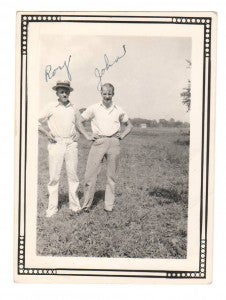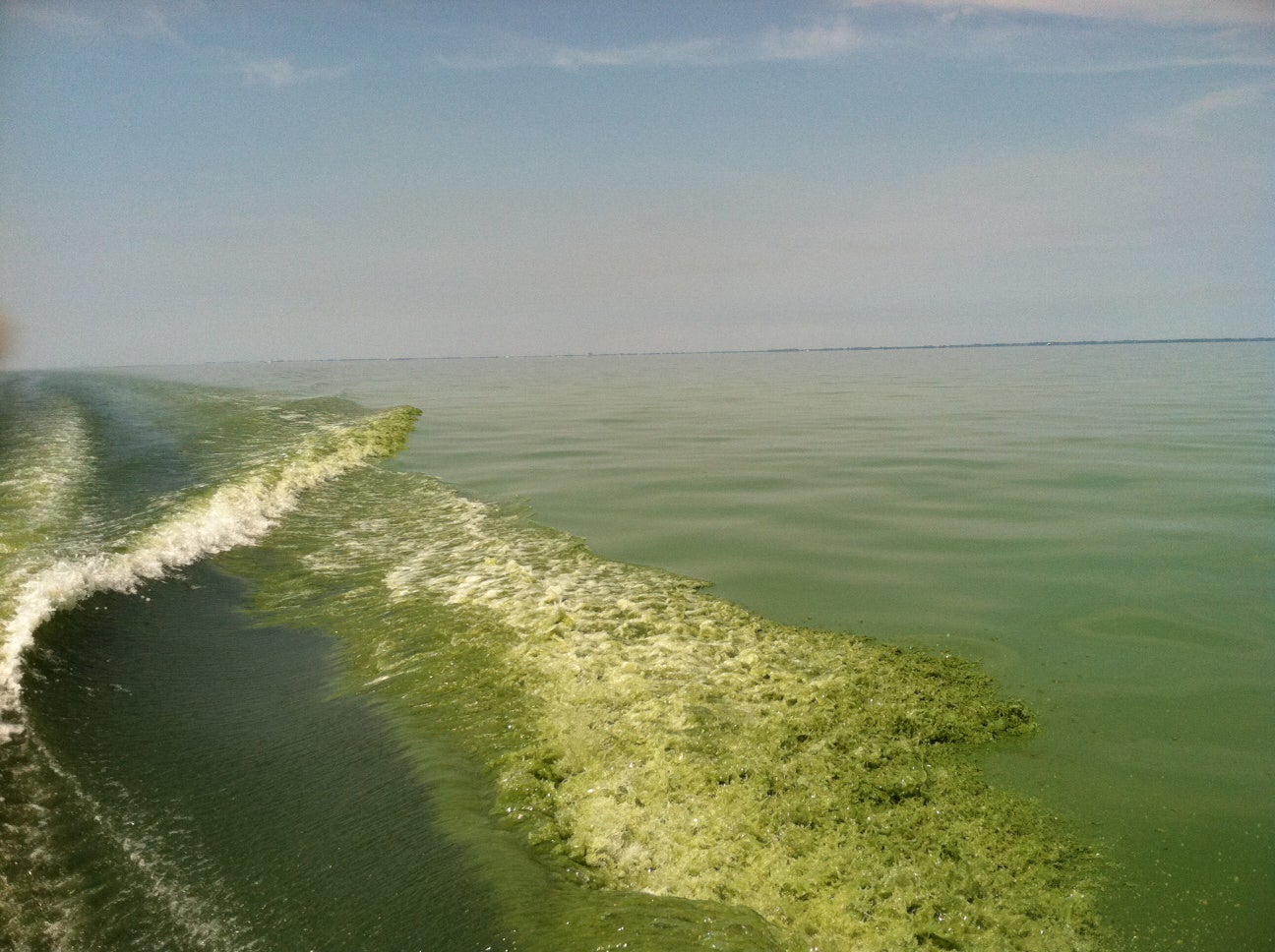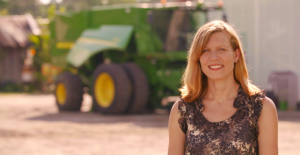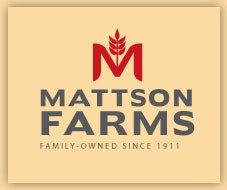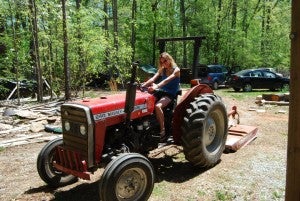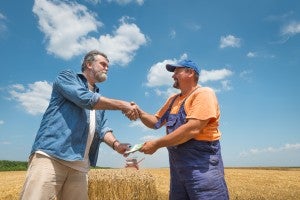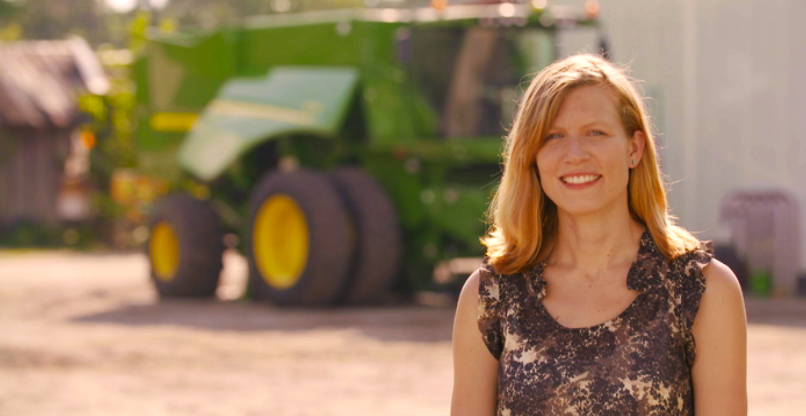 Earlier this week, a former sustainability executive with McDonald’s delivered a wake-up call for environmental groups, listing “5 ways that NGOs stunt sustainability.” In this article, Bob Langert explains the ways that nonprofits are failing to help companies turn sustainability commitments into on-the-ground results. In the context of sustainable palm oil, he notes:
Earlier this week, a former sustainability executive with McDonald’s delivered a wake-up call for environmental groups, listing “5 ways that NGOs stunt sustainability.” In this article, Bob Langert explains the ways that nonprofits are failing to help companies turn sustainability commitments into on-the-ground results. In the context of sustainable palm oil, he notes:
“You can’t just go after big brands and expect them to manage a supply chain that has them seven stages removed, starting with the smallholders, to mills, then plantations, to storage facilities, refineries, ingredient manufacturers and then product manufacturers, then into a final product a retailer sells, such as ice cream, a granola bar or shampoo — with palm as a minute ingredient.”
He’s right – sustainability in supply chains, especially in agriculture, is incredibly complex. So how can environmental groups effectively champion sustainability progress throughout global supply chains, from the C-suite to crop fields? Here are three ideas. Read More










